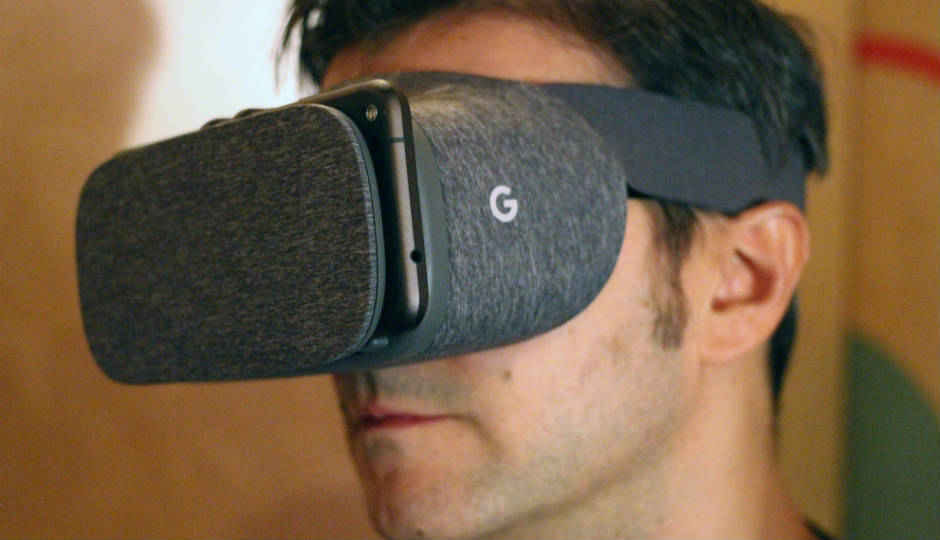Google buys eye tracking start-up Eyefluence

Eyefluence’s technology may soon be be incorporated into Google’s daydream VR platform
Eye-tracking start up Eyefluence has announced that it has been acquired by Google. The startup has developed technology that tracks eye movements and uses them to navigate through digital screens. The eye-tracking interface developers had so far raised $21.6M in two rounds of funding from investors such as Intel Capital, Jazz Venture Partners, Motorola Solutions Venture Capital and NHN Investment. The particulars of the acquisition by Google have not been disclosed yet.
“Today, we are excited to announce that the Eyefluence team is joining Google! With our forces combined, we will continue to advance eye-interaction technology to expand human potential and empathy on an even larger scale. We look forward to the life-changing innovations we’ll create together!” stated Jim Margraff, Founder Eyefluence. Margraff also known for founding Live scribe, a smart pen maker that was acquired by Anoto, and the LeapPad tablet computer, founded Eyefluence in 2013 after a deal with neurological research firm Eye-Com.
Eye-tracking is tipped to become an important technological component in virtual reality headsets in the future. Eyefluence has focused on using eye gesture cues for navigating through menus and making selections, enabling users wearing head-mounted virtual reality or augmented glasses to use their eyes as a mouse and making selections only with their eye movements. Another potential application can be foveated rendering which enables high-density displays to selectively choose areas of the screen to display images at higher resolution based on where the focus actually is on the display.
The acquisition will open the way for introducing Eyefluence's technology into Google's Daydream virtual reality platform. It could also be a strategic move to acquire intellectual property — Eyefluence’s patents for eye tracking technology — in the face of its rivals Facebook and Microsoft’s continued forays into VR and AR applications.




